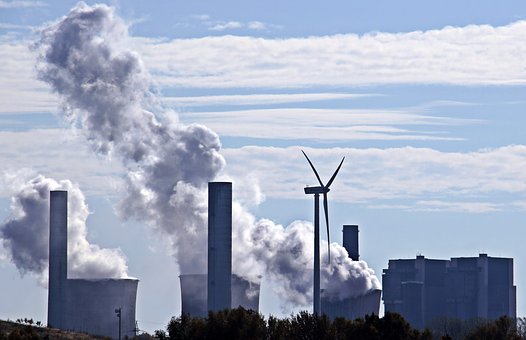The Canadian Wind Energy Association (CanWEA) applauds the leadership of the Government of Canada for adopting a price on carbon for the electricity sector in carbon backstop jurisdictions. This measure will ensure that electricity generation carbon emissions will be internalized in the cost of production. This will help level the playing field with renewables, like wind energy and solar energy — which offer a clean, reliable, and competitive alternative to fossil fuels, says CanWEA.

The government of Canada has adopted a new price on carbon for the country’s electricity sector.
According to a new release, global action on climate change will not only support a clean-energy environment but also create a low-carbon economy worth an estimated CDN$26 trillion over the next 10 years, and mobilize Canada’s skilled workers, engineers, businesses, and entrepreneurs to develop and implement clean solutions and market them to the world.
“Combined with the coal phase-out, adopting a price on carbon for electricity generation is one of the most progressive and important measures to transition to a low-carbon electricity grid in Canada and to protect our climate,” said Jean-François Nolet, Vice-President – Policy, Government and Public Affairs, CanWEA. “I commend Minister McKenna and the Government of Canada for their leadership on this file that will allow greater development of renewable energy in Canada.”
Under the country’s Output-Based Pricing System (OBPS), industrial facilities that emit 50,000 tonnes or more per year pay a price on pollution starting at $20 a tonne this year, rising to $50 a tonne in 2022. To minimize competitiveness and carbon leakage risks for additional facilities in some sectors while maintaining the incentive to reduce their emissions, facilities emitting 10,000 tonnes or more in certain sectors can also apply to participate voluntarily in the OBPS.
The standards announced today determines the portion of their emissions on which they will pay that price, and apply retroactively to January 1, 2019, in provinces where the system applies, and as of July 1, 2019, in Yukon and Nunavut.
“This measure sends a clear signal to investors. Ensuring that new natural gas-fired electricity generation will have all emissions exposed to the price on carbon by 2030 means that more carbon-free options like wind energy and solar energy will be deployed instead of fossil-fueled electricity generation, creating thousands of jobs and bringing investments into Canadian communities while protecting our climate,” said Robert Hornung, President, CanWEA. “This is a great day for Canada.”
“The science behind climate change is clear,” said Catherine McKenna, Minister of Environment and Climate Change. “Our government is taking action with a comprehensive, affordable, and effective climate plan that is reducing pollution and growing the economy. Canada’s biggest polluters must be part of the solution, and the steps we’re taking today will help provide certainty about what’s expected, while encouraging innovation and protecting competitiveness. With Canada’s climate plan, we’re helping Canadian companies be among the leaders in a global economy where clean solutions are in demand.”
Filed Under: News, Policy




